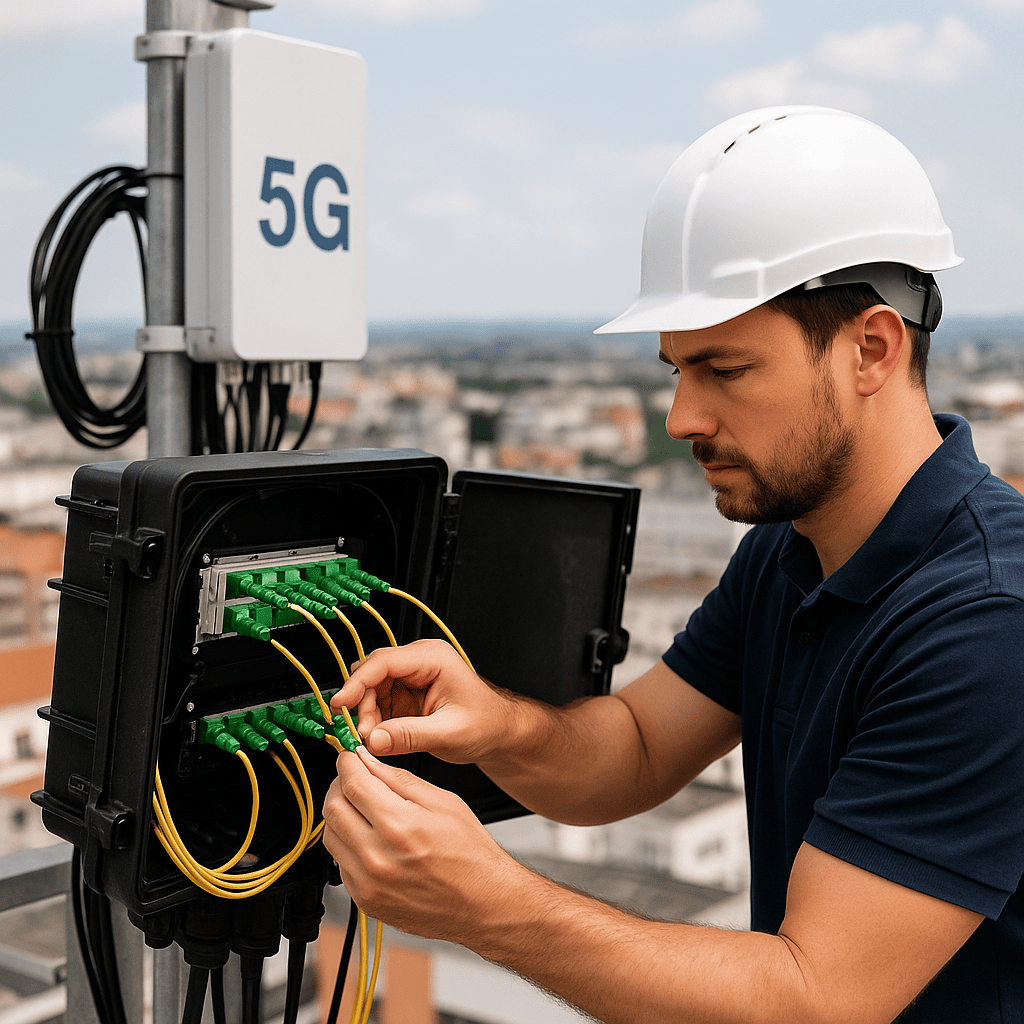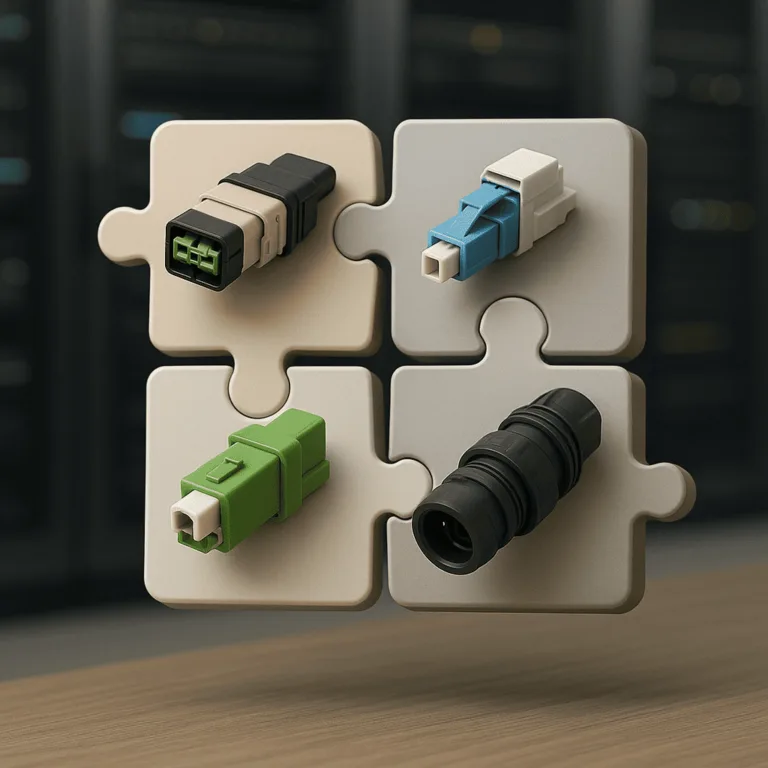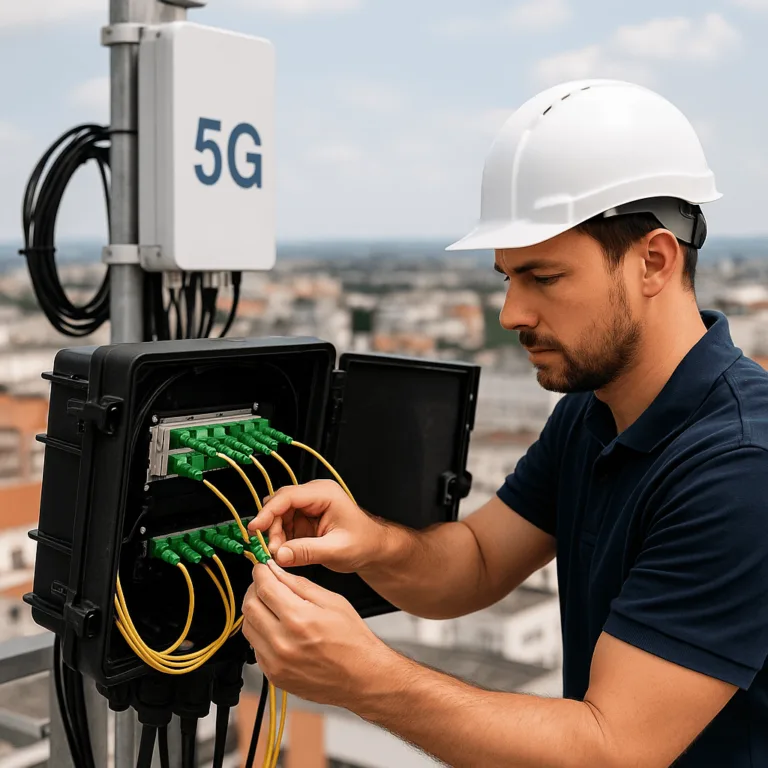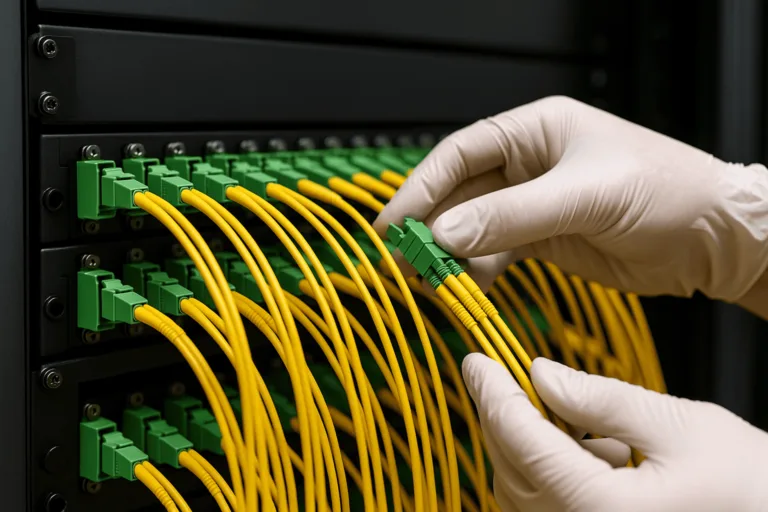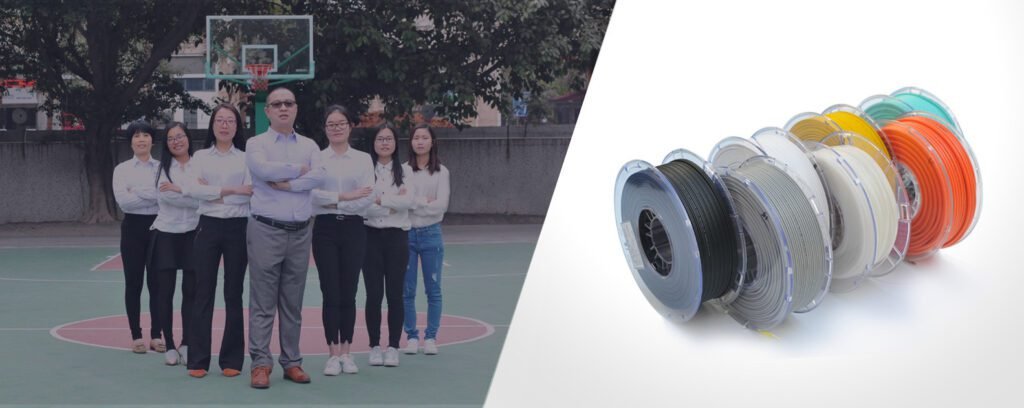Struggling with slow, complex fiber installations? These delays can seriously hinder network upgrades. Pre-terminated solutions offer a game-changing, efficient alternative for modern demands.
Pre-terminated fiber optic cables and patch cords are vital because they ensure stable performance and offer plug-and-play simplicity, drastically reducing installation time and errors in high-demand networks.
This shift to pre-terminated options isn't just a trend; it’s a necessity. I've seen how they transform projects, making deployments faster and more reliable, especially as the fiber "last mile" market is set to grow from $5.62 billion to $6.15 billion between 2024 and 2025.
How Do Pre-Terminated Cables Achieve Such High Reliability and Performance?
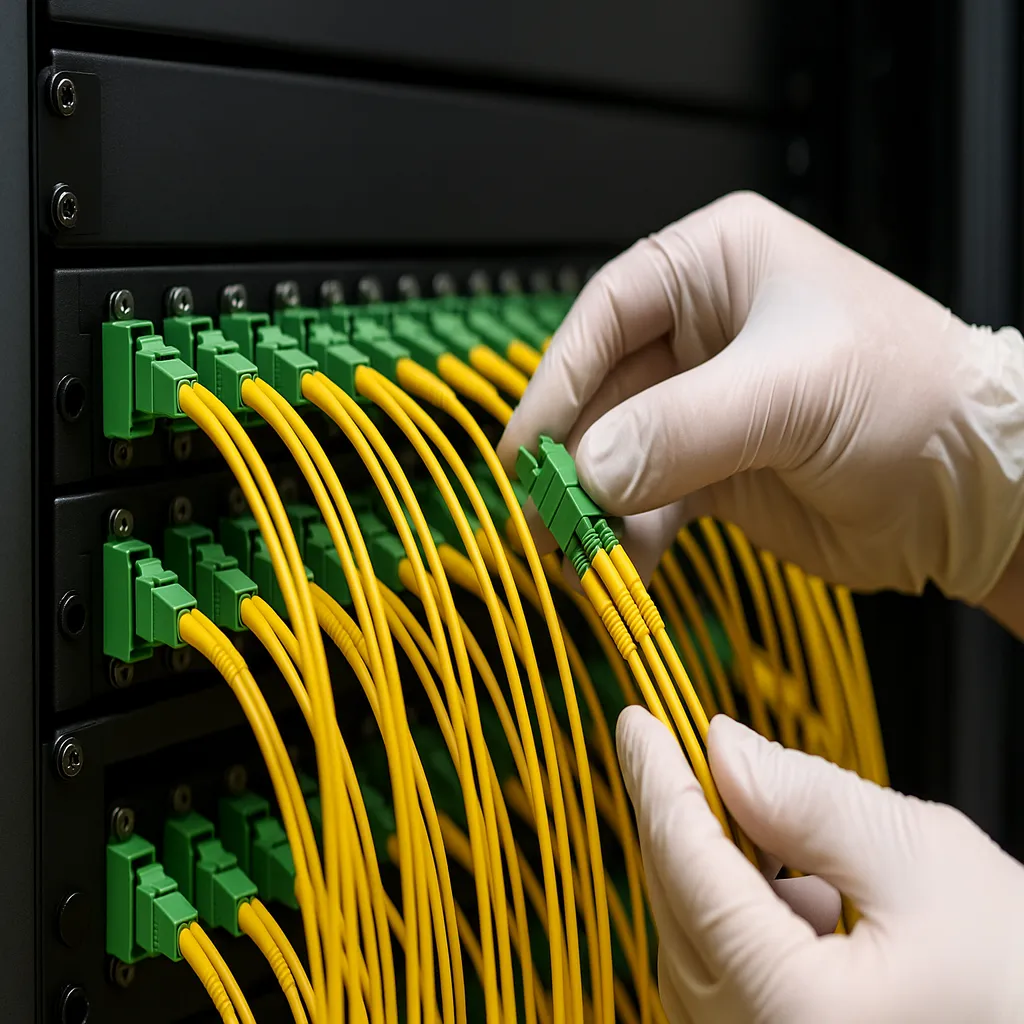
When you need dependable network links, the quality of your connections is everything. Pre-terminated cables are built for this.
These cables achieve high reliability through meticulous factory-controlled manufacturing processes, including precise connector termination, rigorous multi-stage testing, and robust structural designs for optimal signal integrity.
At AIMIFIBER, we treat this very seriously. It reminds me of the detailed work needed when I helped clients navigate complex certifications like CPR or Anatel; precision is key.
Dive Deeper: Manufacturing Precision and Testing Standards
The secret to consistent performance lies in how these cables are made and checked.
Precision in Every Connection:
Robotic Termination: We use automated systems for attaching connectors like SC, FC, and LC. This ensures uniformity that's hard to achieve manually in the field.
Advanced Splicing: Fusion splicing techniques create near-perfect optical paths within the cable assembly.
Laser Cleaving & Curing: These steps prepare fiber ends flawlessly and secure the connector with maximum stability. I’ve seen our own lab technicians spend hours perfecting these processes.
Comprehensive Testing – No Surprises:
Before any cable leaves our facility, it goes through a battery of tests. This is non-negotiable for us, much like the thorough checks before any major project rollout I've managed.Optical Performance: We measure Insertion Loss (IL), Return Loss (RL), and for specific applications, Optical Return Loss (ORL) and Visual Light Source (VFL) checks.
Physical Integrity: OTDR (Optical Time Domain Reflectometer) scans identify any anomalies along the fiber length.
Mechanical Strength: Tests for pull strength and environmental resilience ensure the cable can withstand real-world installation stresses.
Dive Deeper: Smart Cable Structure and Patch Cord Design
It's not just the ends; the entire cable and patch cord structure is designed for performance.
Pre-Terminated Cable Architecture:
Modular Connectors: High-density connectors like MPO/MTP are common. These allow for rapid connection of multiple fibers, which I've seen dramatically speed up data center deployments for clients.
Protective Shielding: Robust outer jackets and often internal armoring protect against physical damage and EMI, crucial for maintaining signal integrity.
Optimized Patch Cord Features:
Bend Radius Control: Fibers like OS2 single-mode and OM5 multi-mode are used, often in designs that are bend-insensitive, reducing signal loss even in tight installations.
Low-Loss Components: Every part, from the fiber itself to the ferrule in the connector, is chosen to minimize signal degradation.
In What Scenarios Do Pre-Terminated Fiber Solutions Truly Shine?
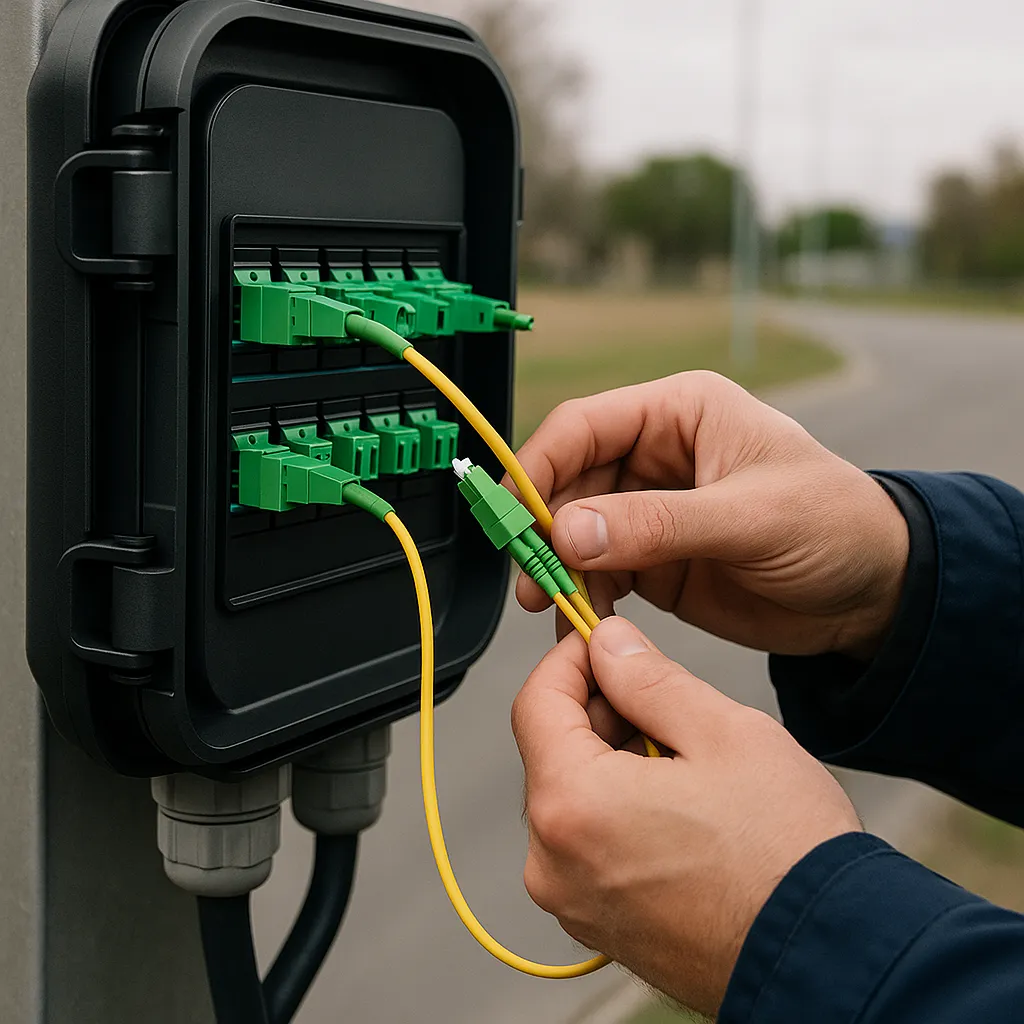
Dealing with high-density connections or rapid deployment needs? Pre-terminated solutions are often the best answer.
Pre-terminated solutions excel in data centers, 5G fronthaul networks, and urban fiber rollouts due to their speed of deployment, reliability, and ease of management in complex environments.
I've been fortunate to work on diverse projects, from bustling data hubs in the US to FTTA tower setups. In all these, the ability to quickly and reliably connect services is paramount.
Dive Deeper: High-Traffic Application Breakdown
Let's look at where these cables make a significant difference:
| Application Area | Common Challenge | Pre-Terminated Solution Advantage |
|---|---|---|
| Data Centers | High-density, rapid scaling needs | MPO/MTP pre-terminated cables can cut Optical Distribution Frame (ODF) setup time by up to 40%. They also ensure high-throughput switch compatibility. |
| 5G Wireless Fronthaul | Low latency, high bandwidth demands | Single-mode patch cords with compact SC, LC, or MPO connectors support multiple lines and allow for quick capacity expansion. This is critical for services like those I’ve seen deployed with OptiTap connectors for MST boxes. |
| Urban Fiber Networks (FTTH/FTTB) | Easy deployment, maintainability | Pre-configured cables allow for drag-and-drop installation. Clear labeling reduces on-site errors, making deployments smoother. I recall FTTH projects where pre-connectorized drop cables saved countless hours. |
Dive Deeper: Key Indicators of Performance Stability
What makes these connections so trustworthy? It boils down to measurable quality.
Connection Reliability:
Return Loss Control: Typically less than 0.3dB, ensuring minimal signal reflection.
Mating Durability: Connectors are often rated for over 10,000 plug/unplug cycles, validated by industry tests. This durability reminds me of the robust tactical cables we supply for field deployment.
Signal Integrity:
Advanced Fiber Types: Using fibers designed for specific transmission characteristics.
Reduced Interference: Proper termination minimizes issues like self-emission or unwanted reflections, crucial for sensitive equipment like core switches.
Environmental Adaptability:
Temperature Tolerance: Designed to operate in wide temperature ranges, often from -40°C to +85°C.
Mechanical Robustness: Built to withstand significant pull forces (e.g., >300N) and crush resistance. This is something we test rigorously in our labs.
Final thoughts
Pre-terminated fiber solutions are a cornerstone for deploying robust, high-capacity networks quickly. Their evolution towards smarter, even lower-loss options will continue to drive network advancements. For further reading and the latest updates, visit our blog.

